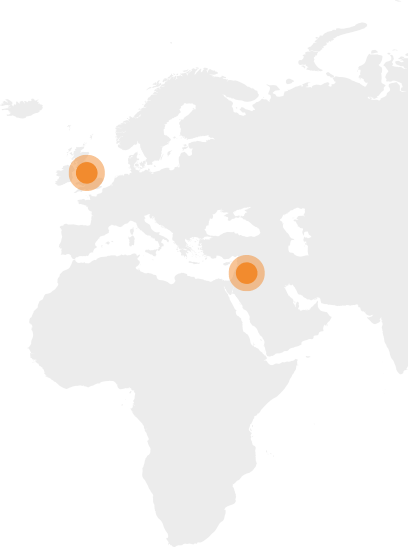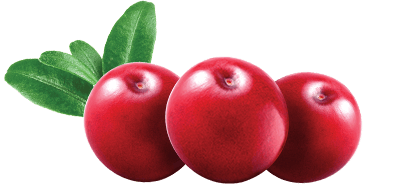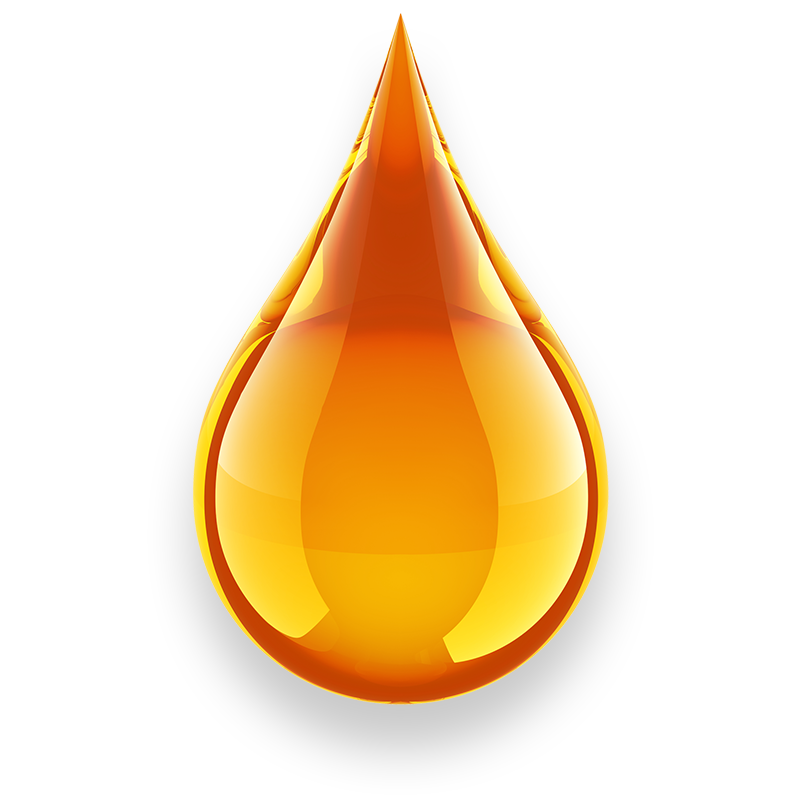
Cranberry
Main Ingredients: Anthocyanidins
Geographical Spread
Cranberry is a shrub, native to the northern regions of the American continent with the scientific name Vaccinium macrocarpon. It is grown in Canada and in the North of the United States while it has been acclimated in Europe. It produces characteristic red fruits while its flowers are white or pink.

Historical Features
Numerous studies have been conducted on Cranberry consumption and its use for non-pharmaceutical prevention or treatment of recurrent Urinary Tract Infections (rUTIs). These have demonstrated that Cranberry reduces urinary tract infections or the bacterial urinary population (NIH, 2016). The reduction of rUTIs is particularly relevant to female populations, where, as a rule, other options other than antibiotics are very limited (Liska, Kern, & Maki, 2016).
Pharmaceutical Use
Historically, Cranberry fruits have been used for bladder, stomach and liver disorders as well as for diabetes, open wounds and other diseases. Today it is widely used for urinary tract infections in the form of dietary supplements while consumed as a beverage or food (NIH, 2016).

Phytochemical Composition
The main active ingredient of Cranberry associated with these beneficial effects of preventing rUTIs is anthocyanidins. In particular, the effectiveness of anthocyanidins and their mechanism of action are studied by various scientific groups around the world. Thus, both in vitro (Gupta, et al., 2007) and in vivo (Howell, Combescure, Blanc-Potard, Gausa, and Matsumoto, 2010) in vitro studies suggest that urinary adherence to a particular bacterium after consumption of Cranberry powder is limited. Indeed, this property seemed to be preserved for a specific duration (24h), confirming the precautionary action of the plant.
- Gupta, K., Chou, M., Howell, A., Wobbe, C., Grady, R., & Stapleton, A. (2007). Cranberry Products Inhibit Adherence of P-Fimbriated Escherichia Coli to Primary Cultured Bladder and Vaginal Epithelial Cells. . Journal of Urology, 2357-2360.
- Howell, A., Combescure, C., Blanc-Potard, A., Gausa, L., & Matsumoto, T. (2010). Dosage effect on uropathogenic Escherichia coli anti-adhesion activity in urine following consumption of cranberry powder standardized for proanthocyanidin content: a multicentric randomized double-blind study. BMC Infectious Diseases.
- Liska, D. J., Kern, J. H., & Maki, K. C. (2016). Cranberries and Urinary Tract Infections: How Can the Same Evidence Lead to Conflicting Advice? Advances in Nutrition, 498-506.
- NIH. (2016, November). Cranberry. Retrieved from National Centers for Complementary and Integrative Health: https://nccih.nih.gov/health/cranberry


